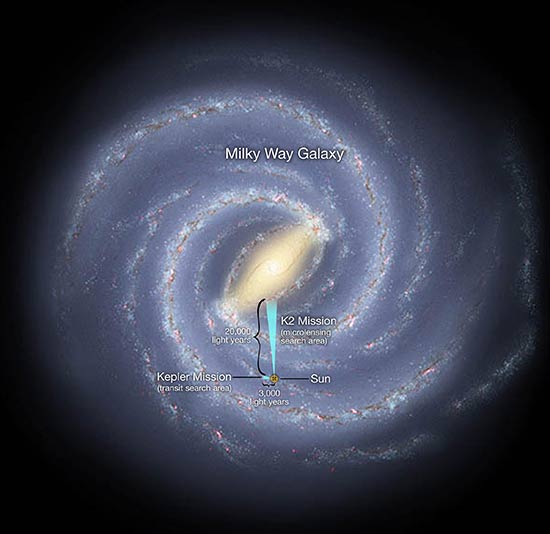Page 5

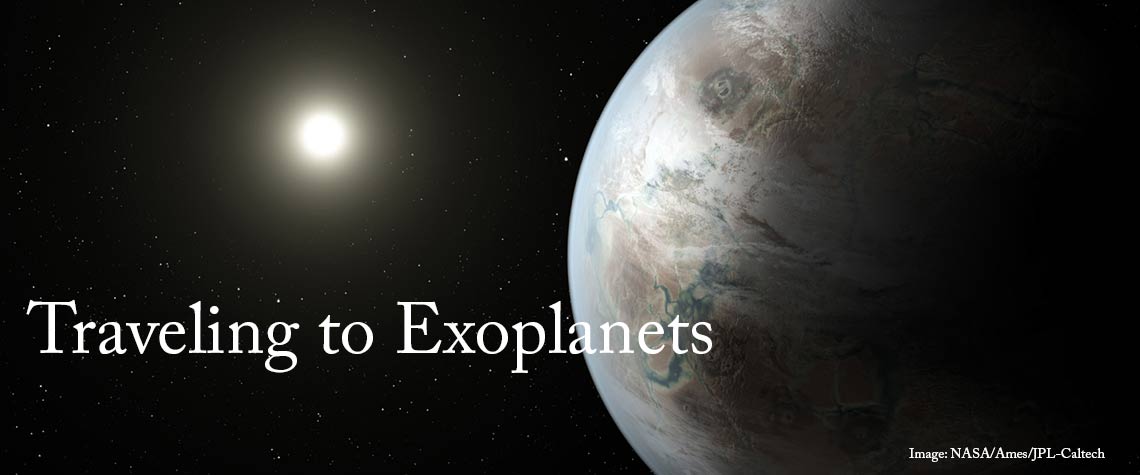
Planets Discovered in Habitable Zone - Can We Get There
By Ginger Wentrcek
For decades man has searched the depths of space looking for exoplanets that orbit distant stars in habitable zones. While astronomers and scientists have located them, and to date a little more than 4,000 exoplanets have been discovered, it is impossible to reach them on the fastest satellite available with today's technology, the Parker Solar Probe. Let's look at the travel time it takes to reach an exoplanet that has a visible sun in the night sky.
One problem that pops up right away in the math is assigning the speed of the satellite. Its “cruising speed” is vastly different from its speed as it nears the Sun where gravity pulls the probe to unimaginable speeds, or its speed around Venus, where gravity is used to slow the satellite down and make course corrections. NASA predicts that the satellite will travel close to 430,000 mph at it closest position to the sun. On September 3, 2019, NASA stated that the probe was traveling at more than 213,200 miles per hour, and, for the purpose of this article, that figure will be used, rounded off to 200,000 mph.
The Math Facts
In a vacuum, light travels at 670,616,629 mph, or 186,282 miles per second. (670,616,629 divided by 3600) That number will be rounded off to 186,000 miles per second.
The fastest spacecraft travels at 55 miles per second. (200,000 divided by 3600 = 55)
The spacecraft travels at 3/10,000th the speed of light (55 divided by 186,000 = 0.00029). So it would take 3,333 years for the Parker Solar Probe to travel one light year.
Travel Time to Reach An Exoplanet That Has a Visible Sun in the Night Sky
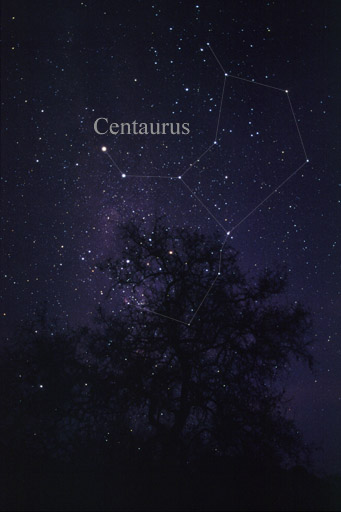
Star Name: Alpha Centauri
Light Years Away: 4
Location: Centaurus Constellation
Planet Name: Proxima Centauri b
Do the Math: 4 x 3,333 = 13,332
Travel Time: 13,332 years
Image Credit: Till Credner [CC BY-SA (https://creativecommons.org/licenses/BY-SA/3.0)]

Star Name: Pollux
Light Years Away: 34
Location: Gemini Constellation
Planet Name: Beta Geminorum b
Do the Math: 34 x 3,333 = 113,322
Travel Time: 113,322 years
Image Credit: Till Credner [CC BY-SA (https://creativecommons.org/licenses/BY-SA/3.0)]
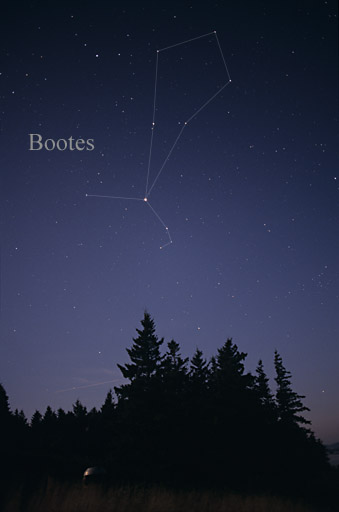
Star Name: Tau Bootis
Light Years Away: 51
Location: Bootes Constellation
Planet Name: Tau Bootes b
Do the Math: 51 x 3,333 =169,983
Travel Time: 169,983 years
Image Credit: Till Credner [CC BY-SA (https://creativecommons.org/licenses/BY-SA/3.0)]
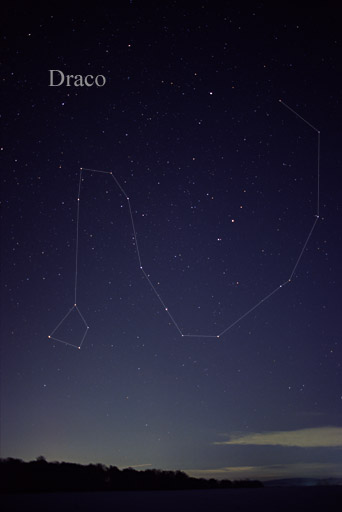
Star Name: Iota Draconis
Light Years Away: 103
Location: Draco Constellation
Planet Name: Iota Draconis b
Do the Math: 103 x 3,333 = 343,299
Travel Time: 343,299 years
Image Credit: Till Credner [CC BY-SA (https://creativecommons.org/licenses/BY-SA/3.0)]
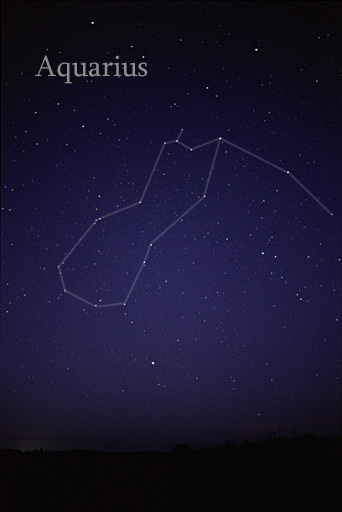
Star Name: 91 Aquarii
Light Years Away: 150
Location: Aquarius Constellation
Planet Name: 91 Aquarii b
Do the Math: 150 x 3,333 =499,950
Travel Time: 499,950 years
Image Credit: Till Credner [CC BY-SA (https://creativecommons.org/licenses/BY-SA/3.0)]
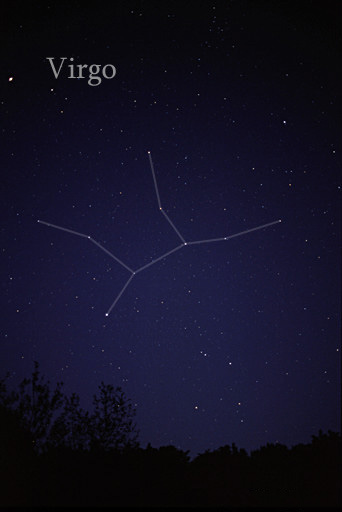
Star Name: Chi Virginis
Light Years Away: 294
Location: Virgo Constellation
Planet Name: Chi Virginis b
Do the Math: 294 x 3,333 =979,902
Travel Time: 979,902 years
Image Credit: Till Credner [CC BY-SA (https://creativecommons.org/licenses/BY-SA/3.0)]

Star Name: 42 Draconis
Light Years Away: 296
Location: Draco Constellation
Planet Name: 42 Draconis b
Do the Math: 296 X 3,333 = 986,568
Travel Time: 986,568 years
Image Credit: Till Credner [CC BY-SA (https://creativecommons.org/licenses/BY-SA/3.0)]

Star Name: 11 Ursae Minoris
Light Years: 390
Location: Ursa Minor Constellation
Planet Name: 11 Ursae Minoris b
Do the Math: 390 x 3,333 =1,299,870
Travel Time: 1,299,870 years
Image Credit: Till Credner [CC BY-SA (https://creativecommons.org/licenses/BY-SA/3.0)]
